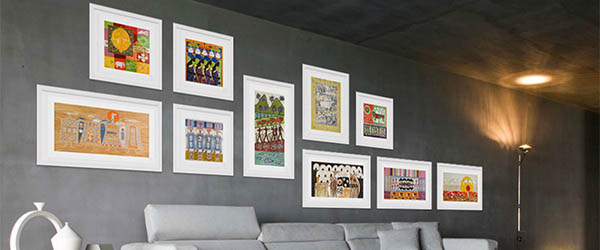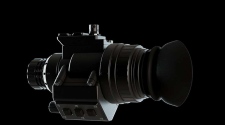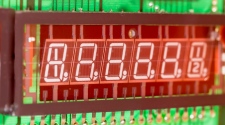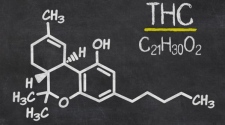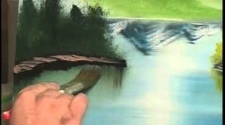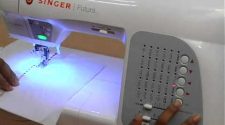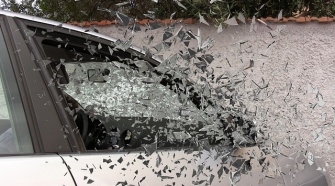Initially creating art may start as a way of expressing yourself or even just as a nice hobby or pastime. Although some art may be kept in your possession for personal reason others may be created for commercial sale.
Of course every piece of work is quite personal with an artist putting something of themselves into all their works. There is an avenue that allows the art to remain in your possession and that is by selling prints of them. The print market has been huge and yet out of reach for many artists as a way to share their creations with large numbers of buyers. Previously an artist would have to find a print manufacturer to produce, distribute and sell the prints for you. It was possible to personally purchase the prints yourself and attempt to sell them on your own but you’re an artist not a businessperson after all. Some artists still use this channel to sell their prints but for maximum profits it’s now possible to easily print and sell them yourself.
Here’s what you need to know to produce Fine Art Prints and sell them on your own.
There are many options to print your work and those interested in owning your prints will demand quality so you will want to know how to supply it. In order to have quality prints they must meet industry standards which is why you need a giclee print. Pronounced ( zhee-clay )
this process ensures your prints have a high level of longevity and quality for your patrons ( it is also very “ true “ to the original work of art. Although it is possible to print a beautiful reproduction on the standard inkjet printer many of us have in our homes you’ll want to use a printer especially for producing a giclee print. These modern, large format inkjet printers are right ones for achieving the giclee prints along with the following specifications.
Printer, giclee prints are typically made using a large format inkjet printer that functions using a small, spray appliance that applies the ink to precisely match the color equally well.
Ink must be of archival quality which implies it is pigment based dye.
Surface the paper used to print giclee must also be archival for example watercolor paper, rag paper and noted as such on the label.
Resolution, while most photos are recorded at a resolution of 72 dots per inch for a giclee printer it has to be printed at a minimum of 300 DPI, which can be altered using a photo editing program like photoshop.
Contact Luminous Print in Vancouver for all your fine art needs.


